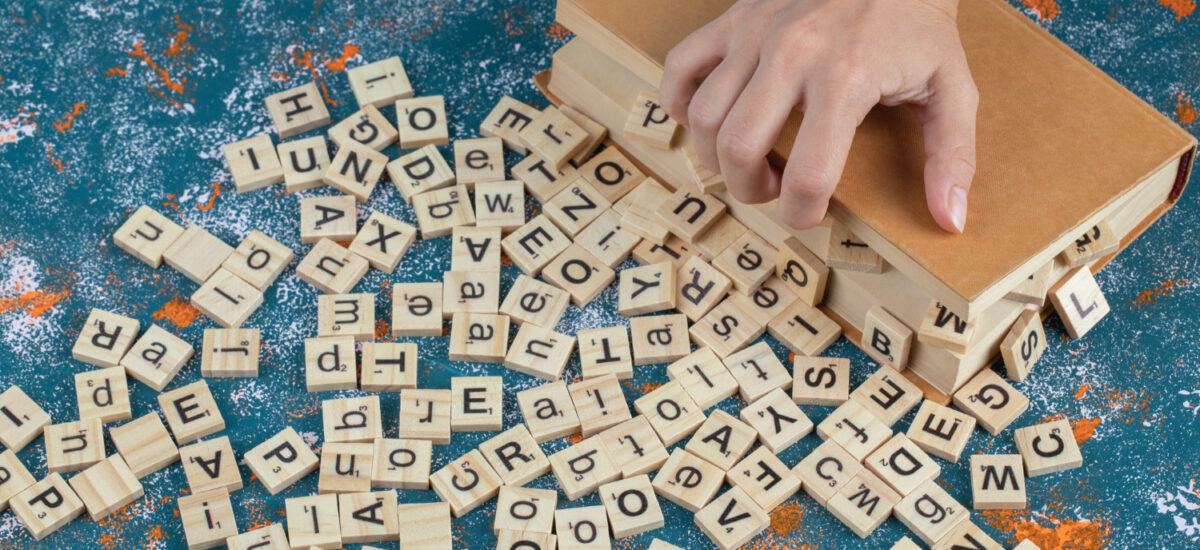Businesses need to be visible to attract local customers effectively. One of the most powerful ways to boost local visibility is by optimizing your presence in business directories. But how exactly does Business Directory SEO influence local search engine rankings, and why should every local business care? This blog post aims to shed light on the critical role of Business Directory SEO and how it can make or break your business’s local search presence.
What is Business Directory SEO?
Before diving deep into how business directories affect your local search engine rankings, it is essential to understand what Business Directory SEO is. Business directories are websites where companies can list their information—such as their name, address, phone number (NAP), website, business hours, and more. Think of popular platforms like Yelp, Yellow Pages, and Google My Business.
Business Directory SEO refers to optimizing your business listing on these directories to ensure it is accurate, comprehensive, and effective in increasing your business’s online visibility. The better your business listing appears, the more likely it is to be found by potential customers, ultimately leading to improved local search engine rankings.
Why Business Directories Matter in Local SEO
The primary goal of local SEO is to connect businesses with nearby consumers actively searching for their products or services. When a user searches for a service “near me,” search engines like Google look for the most relevant and trustworthy results to show. That’s where business directories come into play—they act as a bridge between your business and potential customers by increasing your business’s online visibility and credibility.
The Key Benefits:
- Enhanced Local Presence: Listings in local business directories and through directory submission can help your business get found by customers who are searching for specific products or services in their area.
- Boosted Authority: A business listed in several reputable directories signals to search engines that it is credible, increasing your local ranking.
- Increased Web Traffic and Sales: Optimized listings often result in higher visibility, attracting more clicks and potential conversions.
By incorporating Business Directory SEO into your marketing strategy, you’re opening doors for increased visibility, more leads, and higher sales.
How Business Directories Affect Local Search Engine Rankings
1. Citation Building for Better Rankings
When a business is listed on different directories, it creates “citations” or mentions of your business name, address, and phone number across the web. Citations are crucial for local search engine rankings. Google and other search engines use them to confirm that a business is legitimate, active, and trustworthy.
Consistency is key here. Having consistent and accurate citations across different directories boosts your ranking, while discrepancies can negatively impact your local search engine performance. For example, listing your business differently in one directory may confuse search engines and customers.
2. Increased Online Visibility
Optimizing your presence on business directories can significantly improve your online visibility. When potential customers use search engines to look for services or products in their area, business directories often appear at the top of search results. Being listed on multiple reputable directories, particularly those relevant to your industry, gives your business more chances to be seen by those actively seeking your offerings.
For instance, if you are a café owner, listing your business on restaurant-focused directories will help attract the right audience searching for local dining options. Additionally, appearing on multiple directories increases your chances of showing up in the “3-Pack” on Google—a highly desirable spot that showcases three businesses at the top of local search results.
3. Strengthened Business Credibility
Search engines consider the credibility of businesses when determining local search rankings. A well-optimized listing with detailed, accurate information will likely be deemed reliable. Business Directory SEO also allows for customer reviews and ratings, which play a vital role in improving your local search ranking.
When a customer leaves a positive review, it enhances your business’s reputation and helps boost your search engine ranking. A consistent inflow of good reviews tells search engines that your business is well-received by local customers.
Adding a business directory Australia listing to your SEO strategy is a great way to build credibility, especially if you’re trying to expand your customer base or attract more local customers.
4. Improved Backlink Opportunities
Backlinks (links from one website to another) are an essential aspect of SEO. Many business directories allow you to include a link back to your business website, and this is a valuable backlink for your SEO efforts. Search engines use backlinks as an indicator of a website’s credibility and authority.
The more reputable directories your business is listed on, the more quality backlinks you can acquire. However, it’s essential to ensure that these directories are credible, as low-quality backlinks from unreliable sources can harm your search engine ranking.
How to Optimize Your Business Directory Listings for SEO
To fully leverage the benefits of Business Directory SEO, it’s crucial to ensure that your listings are optimized effectively. Here are some key tips:
1. Accurate and Consistent NAP Information
Ensure your business’s name, address, and phone number (NAP) are accurate and consistent across all directories. Discrepancies in this information can confuse search engines and harm your local ranking.
2. Include Detailed Business Descriptions
Fill in all the required fields in your directory listings, such as business hours, services offered, and any additional details about your business. Make sure your description is comprehensive yet concise. Use relevant keywords related to your business to improve your visibility for local search queries.
3. Encourage Customer Reviews
Encourage your satisfied customers to leave reviews on your business listings. Respond to these reviews promptly, whether positive or negative, as it demonstrates that you are actively engaged with your customers.
4. Choose the Right Categories and Tags
Select appropriate categories for your business, as they will help both search engines and potential customers understand what you offer. Utilize tags to highlight specific products or services you provide.
5. Add High-Quality Photos
Visuals can make your business listing more attractive and engaging. Include professional images of your storefront, products, services, or staff to provide a more personalized experience for potential customers.
The Advantages of Using a Business Directory in Australia
For businesses operating in Australia, focusing on a business directory Australia listing can be a game-changer. Directories that specifically cater to Australian markets, such as TrueLocal, Hotfrog, and Yellow Pages Australia, are highly frequented by local consumers.
Being listed on these platforms not only increases your visibility to an Australian audience but also improves your business’s chances of appearing in local searches. Additionally, these directories are seen as reputable sources, further improving your SEO and local search engine rankings.
Business directory Australia listings also allow you to tap into a more targeted customer base. When users are looking for local products or services, they often turn to trusted directories. Being on these platforms gives your business an edge over competitors who may not be listed.
Why Business Directory SEO is a Must for Small and Local Businesses
For small and local businesses, competing with large enterprises in organic search can be a daunting task. Business directories offer a level playing field, giving smaller companies the chance to shine in local search results.
When your business is listed in multiple reputable directories, and your listings are optimized for SEO, you improve your chances of attracting more local traffic. Whether you’re running a restaurant, salon, retail store, or any other type of local business, a well-maintained presence in local business directories can enhance your discoverability, improve credibility, and ultimately lead to increased foot traffic and sales.
Conclusion
Business Directory SEO is a vital component in improving local search engine rankings. By creating accurate, consistent, and optimized listings on reputable business directories, your business can achieve greater online visibility, credibility, and authority. For Australian businesses looking to enhance their local presence, focusing on a business directory Australia listing can be particularly advantageous.
In today’s competitive market, utilizing business directories as part of your SEO strategy can set your local business apart, helping it grow and thrive in the digital world. So, don’t miss the chance to take advantage of the opportunities offered by business directories for your business’s local search engine success.












